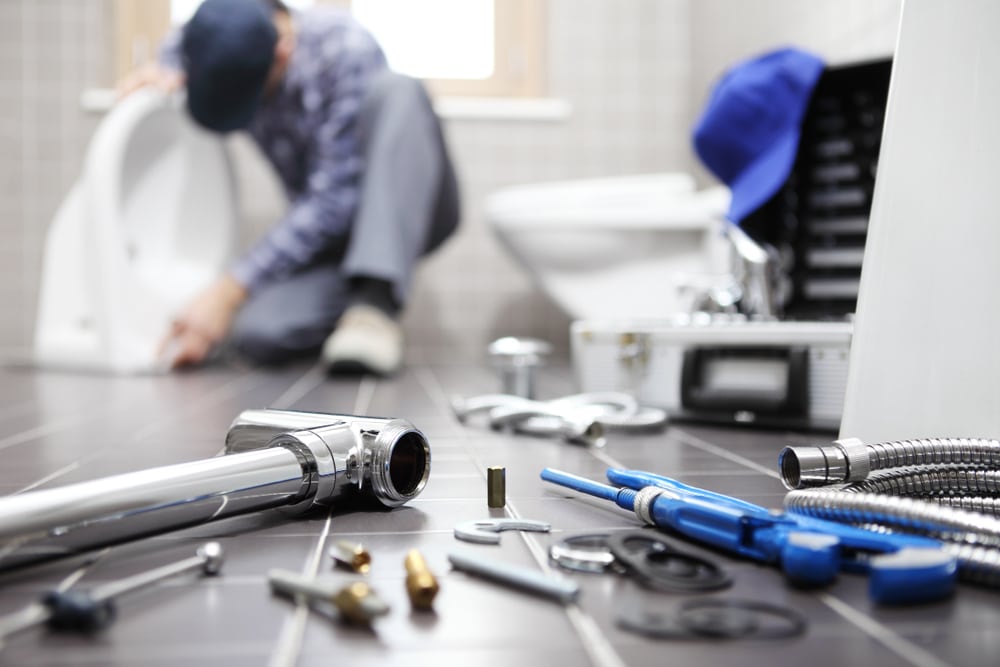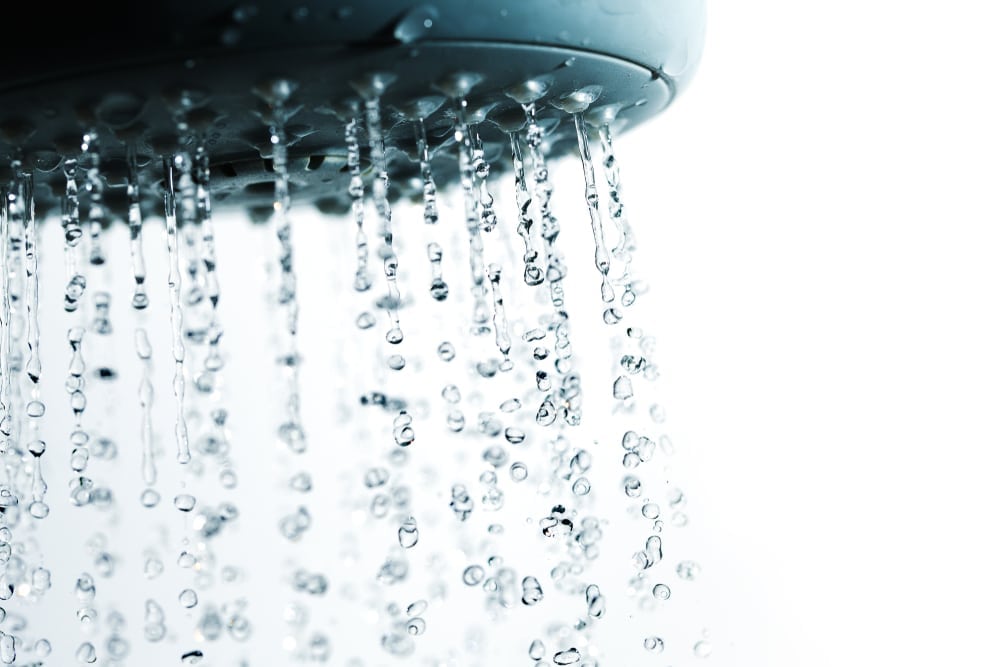With Sydney being one of the most expensive places to live in the world, it never hurts to be a little bit more conscious of the dollar and learn how to save where you can without drastically changing your lifestyle. Home’s a good place to start, especially in the kitchen, which is a major consumer of water – around 10% of total water consumption is used here for cooking, cleaning, washing or drinking.
How can you make the most out of your water usage in the kitchen? Here are some of our tips:
THE DISHWASHER: While using a dishwasher, when used properly, may use less water than washing dishes by hand, overall it is still the highest consumer of water in the kitchen.
- Look for dishwashers with a WELS (National Water Efficiency Labelling and Standards scheme) label. The more stars, the more water efficient – the best rating for dishwashers is 6 stars.
- Instead of rinsing dishes under the tap before placing them in the dishwasher, use the rinse-hold setting (if there is one).
- Only use the dishwasher when it has a full load.
HAND WASHING:
- Avoid rinsing dishes under a running tap. If your kitchen has two sinks, fill the second one with water for rinsing. If your kitchen only has one sink, stack the washed dishes on a dish rank then rinse them with a pan of hot water.
- Use the minimum amount of dishwashing liquid to reduce the amount of rinsing required.
- Use a plugged sink to save running the tap continuously.
OTHER WATER TIPS:
- Sinks fitted with garbage disposal units are not the most economical method of reducing waste – they can use up to 6 litres of water per day. Instead, put suitable scraps into a composter or worm farm rather than down the kitchen sink.
- When boiling vegetables, ensure that there is enough water to cover all the vegetables in the pan and keep the lid on while boiling. This will boil the vegetables faster and preserve vitamins in the food. Drain the water off into a container and then throw it on the garden, not down the sink.
- While waiting for water to heat up, collect the running water and use it to water plants, to wash fruit and vegetables, or to store in the fridge until it is cool enough to drink.
- Insulate hot water pipes to avoid wasting water while you wait for it to get hot.
- Consider installing a flow-controlled aerator for the tap. They are inexpensive to buy and can reduce water flow by 50%.
- Don’t ignore a leaky faucet! Dripping taps can waste up from 30 to 200 litres of water a day – replace the washer or other components as required.








